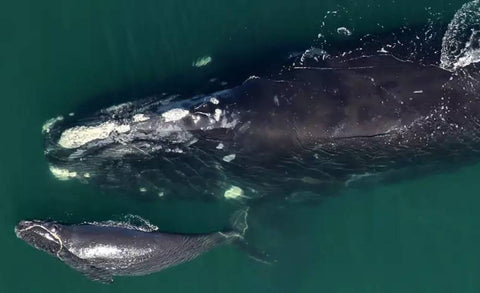Reports of “zombie squirrels” are spreading across the US and Canada. Homeowners have spotted squirrels with grotesque, pus-filled growths covering their faces and bodies, leading many to share disturbing images online. The creatures, once a charming presence in gardens, are now appearing with hairless tumors and oozing sores that resemble something out of a horror film, UNILAD reports.
These cases date back to 2023, when residents of Maine first described squirrels with disfiguring lumps. Since then, sightings have surged, with photos of afflicted red and gray squirrels showing up on Reddit and other social platforms. According to Tyla, some of the animals were so badly covered in growths that users thought they were carrying food in their mouths until realizing the lumps were part of their flesh.
 Zombie squirrels have been spotted across the US and Canada.
Zombie squirrels have been spotted across the US and Canada.
Understanding the Disease
Experts point to a virus known as squirrel fibromatosis, caused by leporipoxvirus, as the likely culprit. The illness produces wart-like tumors that can rupture and ooze fluid, leaving squirrels with raw, zombie-like appearances. In some reports, residents suspected squirrelpox, a similar virus more common in the UK that often kills red squirrels. But in North America, fibromatosis is considered the dominant cause of these outbreaks, according to Daily Mail.
Wildlife biologist Shevenell Webb of Maine’s Department of Inland Fisheries and Wildlife said the virus spreads easily in concentrated areas.
“It’s like when you get a large concentration of people. If someone is sick and it’s something that spreads easily, others are going to catch it,” she told the Daily Star.

Photo: Reddit / u/NotYetGenerated
This image was first posted to Reddit by a Redditor looking for answers.
Bird Feeders Blamed for Spread
Feeding wildlife may be unintentionally worsening the problem. Bird feeders, a staple of many gardens, bring squirrels into close contact with one another. Saliva left on seeds or the feeder itself creates an easy pathway for the virus to move between animals.
“Like a lot of people, I love watching birds,” Webb told Bored Panda, “but unfortunately, you can attract multiple [squirrels] to that feeder and risk exposure if one has the virus.”
The Wisconsin Department of Natural Resources also notes that biting insects, such as mosquitoes, may play a role in transmission by carrying the virus from one squirrel to another. This means common backyard features, from feeders to standing water, can accelerate the spread.
 Images of infected squirrels first surfaced in Maine in 2023.
Images of infected squirrels first surfaced in Maine in 2023.
Do Squirrels Recover?
Though the symptoms look alarming, experts stress the condition usually clears up on its own in four to eight weeks. Many infected squirrels survive, even after extensive outbreaks on their skin. Only in severe cases—when tumors interfere with eating, movement, or sight—does the virus become fatal. A Reddit user described watching a squirrel recover from what seemed like the “worst squirrel pox,” noting the animal later returned to normal activity, Bored Panda reports.
Importantly, experts emphasize the illness does not spread to humans, cats, or dogs. While it can occasionally affect groundhogs or rabbits, these cases remain rare. For most backyard observers, the advice is simple: keep your distance.

Social media users shared photos of grotesque backyard visitors.
Leave Them Alone
Wildlife officials agree that attempts to capture or treat squirrels can cause more harm than good.
“I would not recommend trying to capture a squirrel that has the virus. It is naturally occurring and will run its course in time,” Webb told UNILAD.
In the meantime, the unsettling sight of “zombie squirrels” may continue across gardens and parks. While the animals look nightmarish, they are mostly fighting a temporary condition—one that nature usually resolves without human help.

















